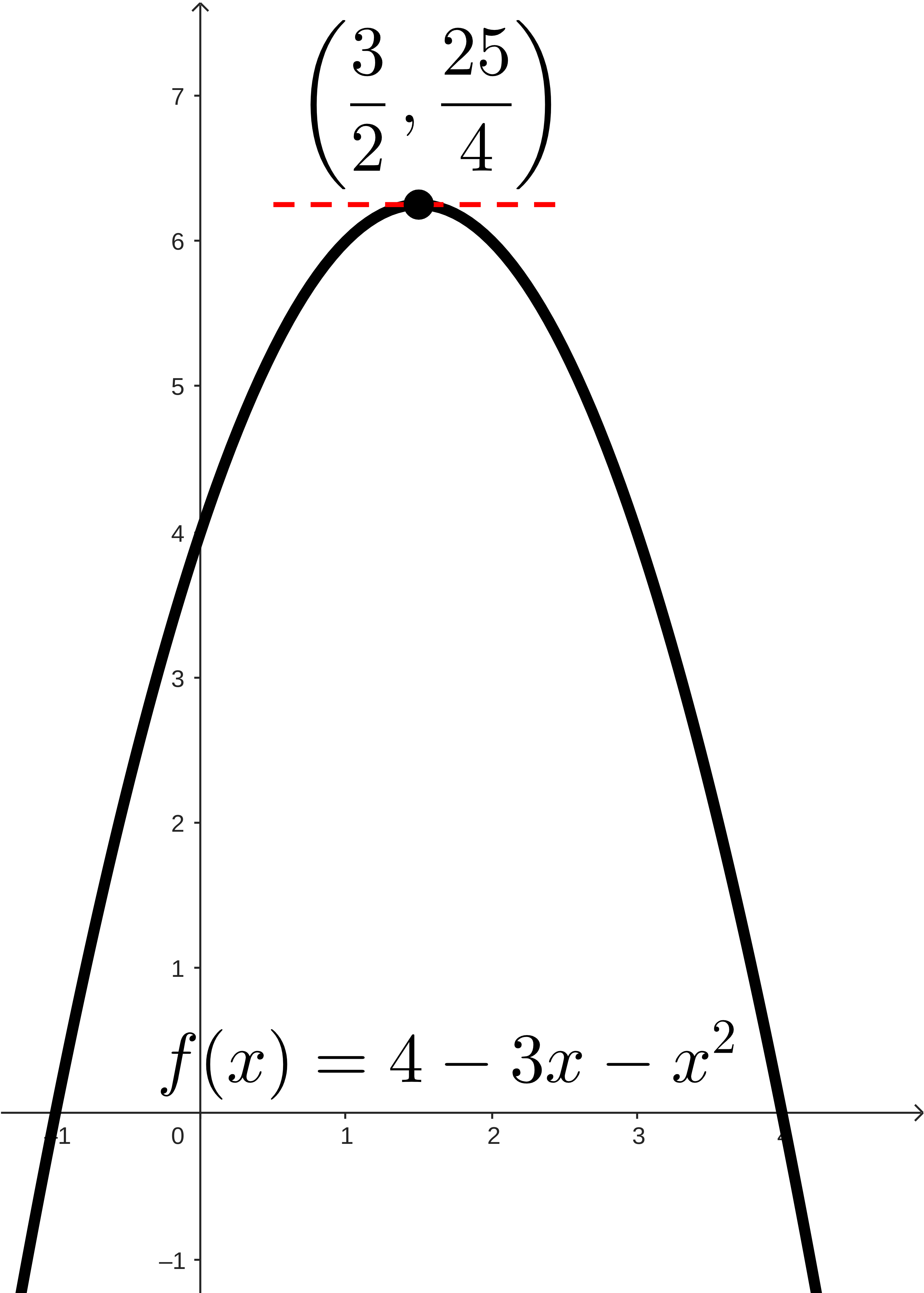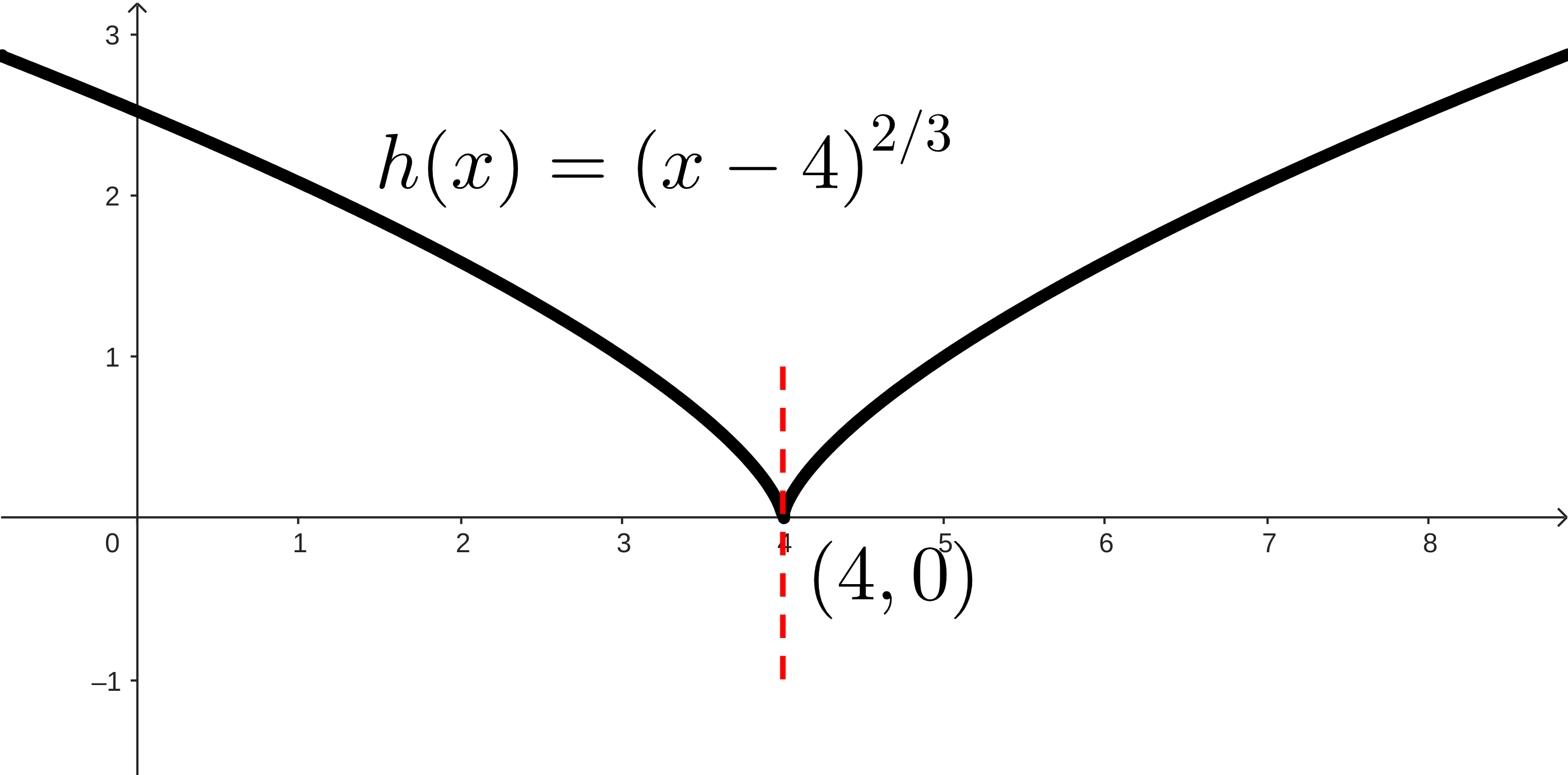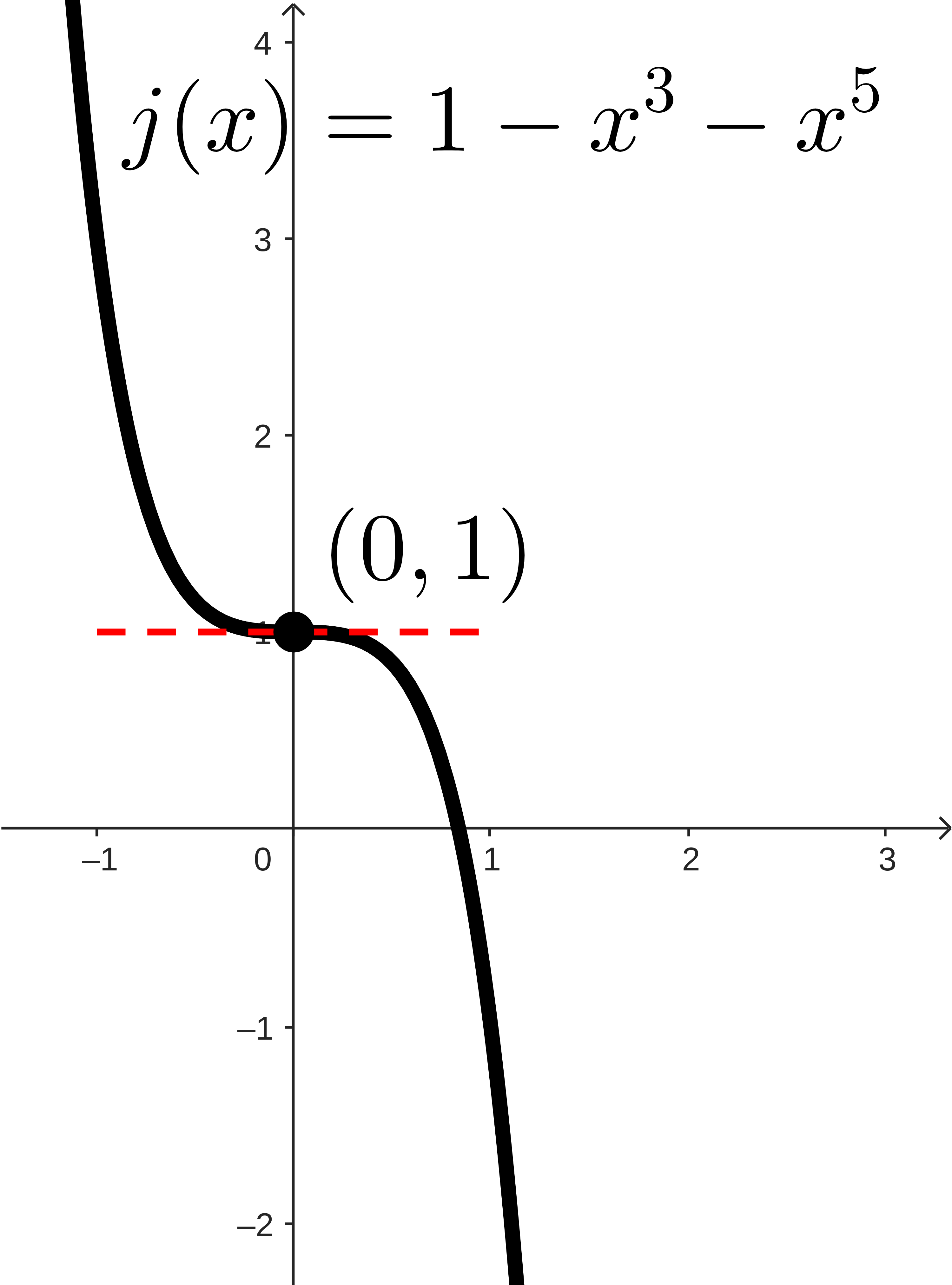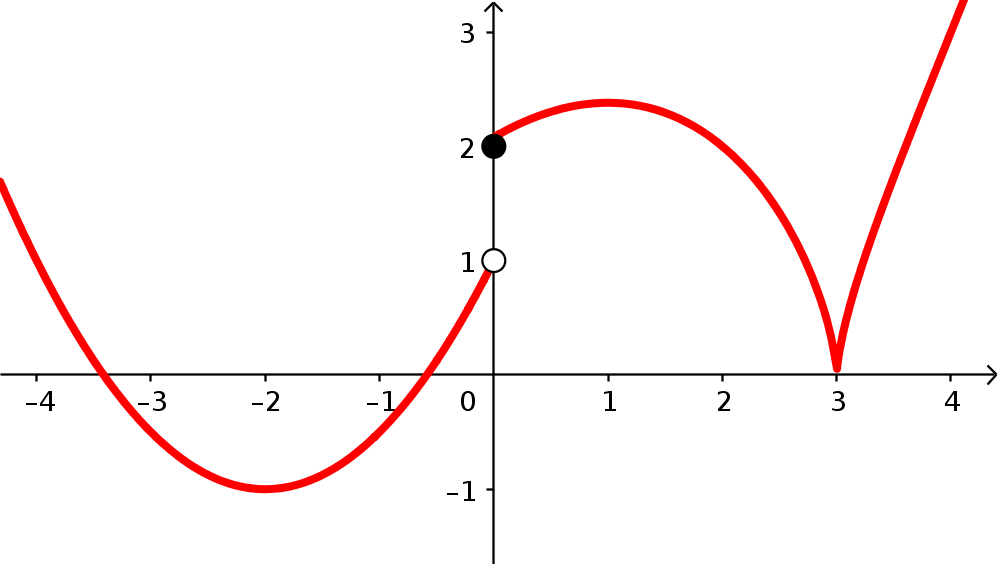Activity 4.2.1. How Should We Think About Direction?
Our goal in this activity is to motivate some new terminology and results that will help us talk about the “direction” of a function and some interesting points on a function (related to the direction of a function). For us to do this, we’ll look at some different examples of functions and try to think about some unifying ideas.
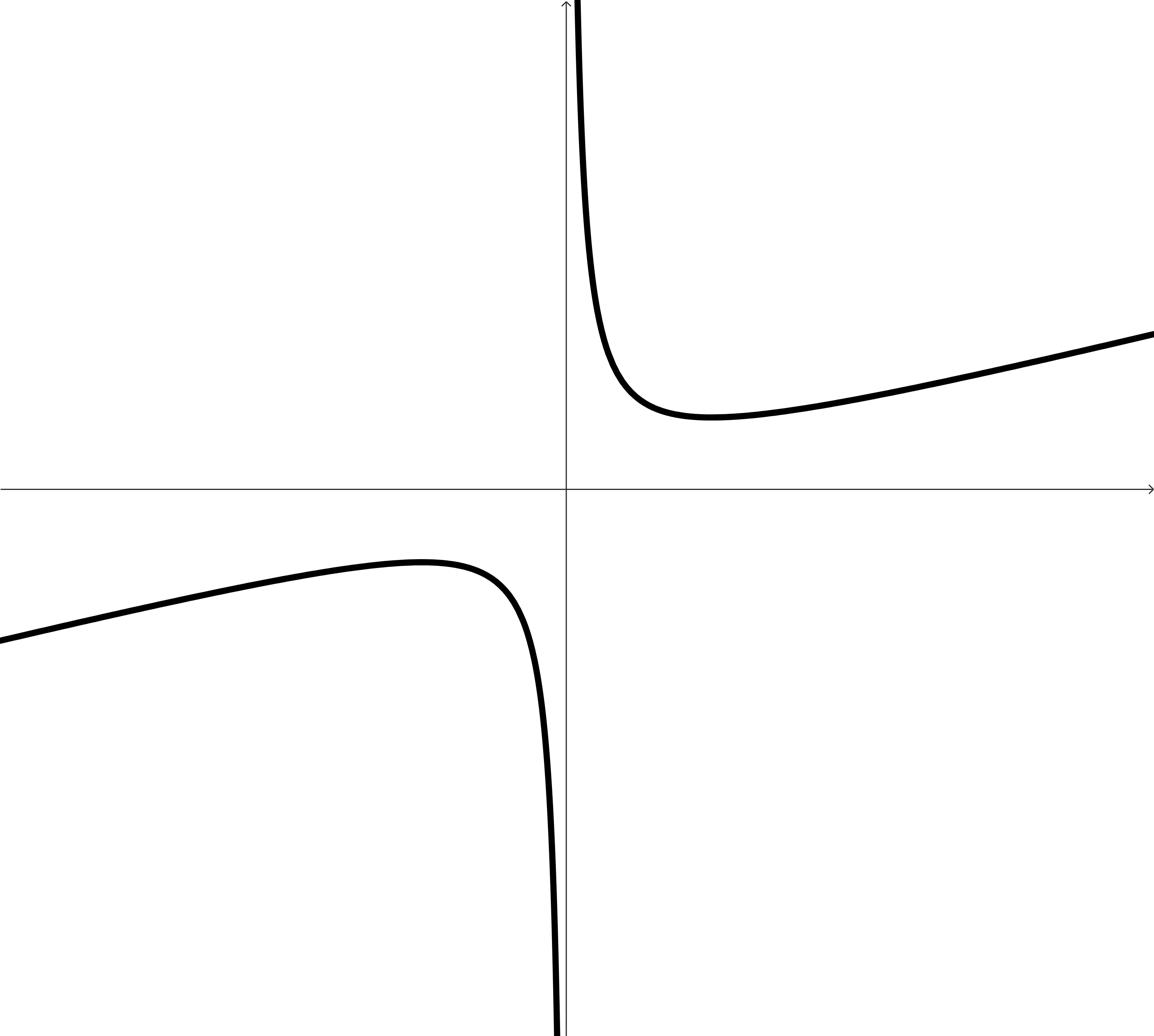
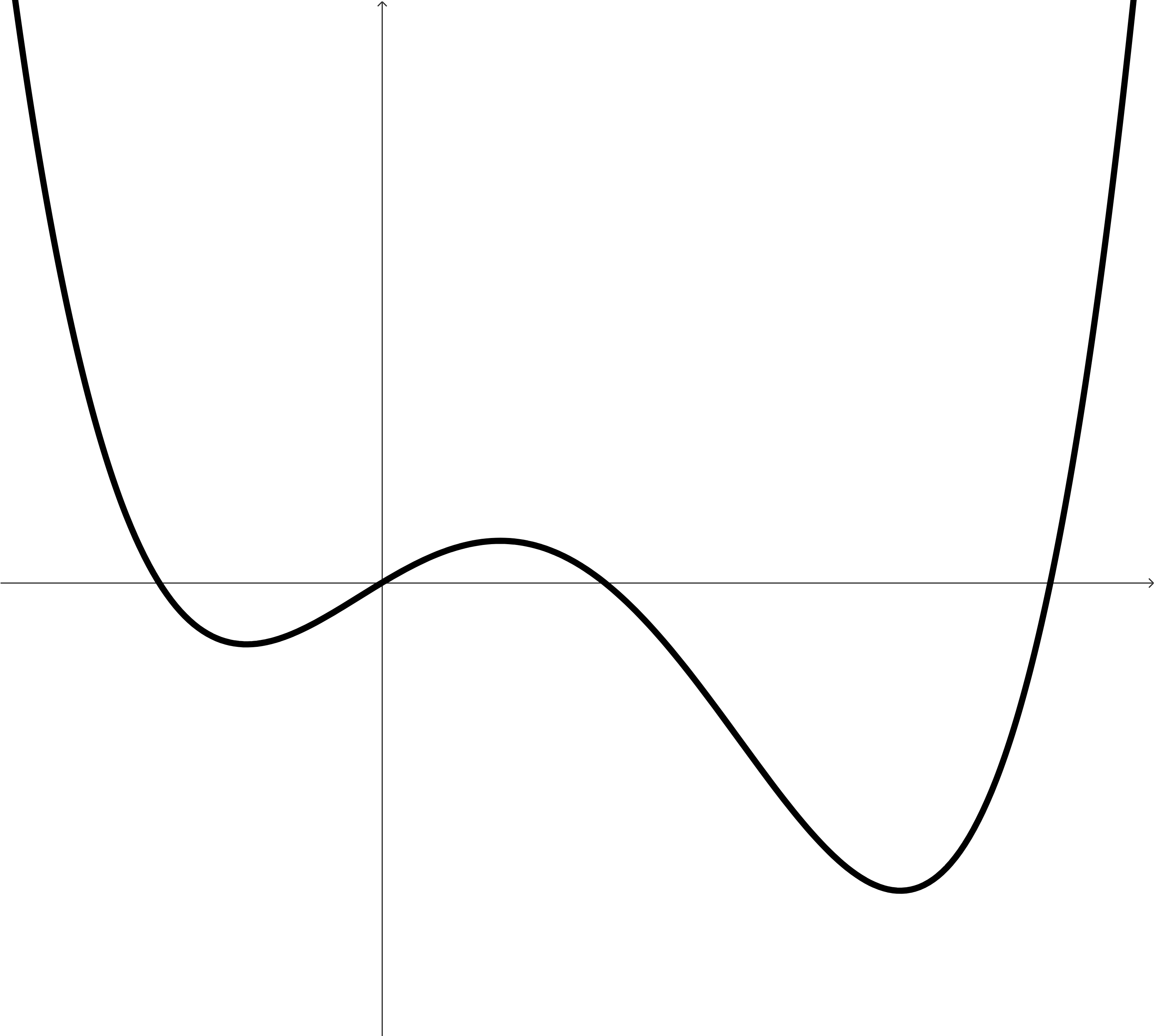
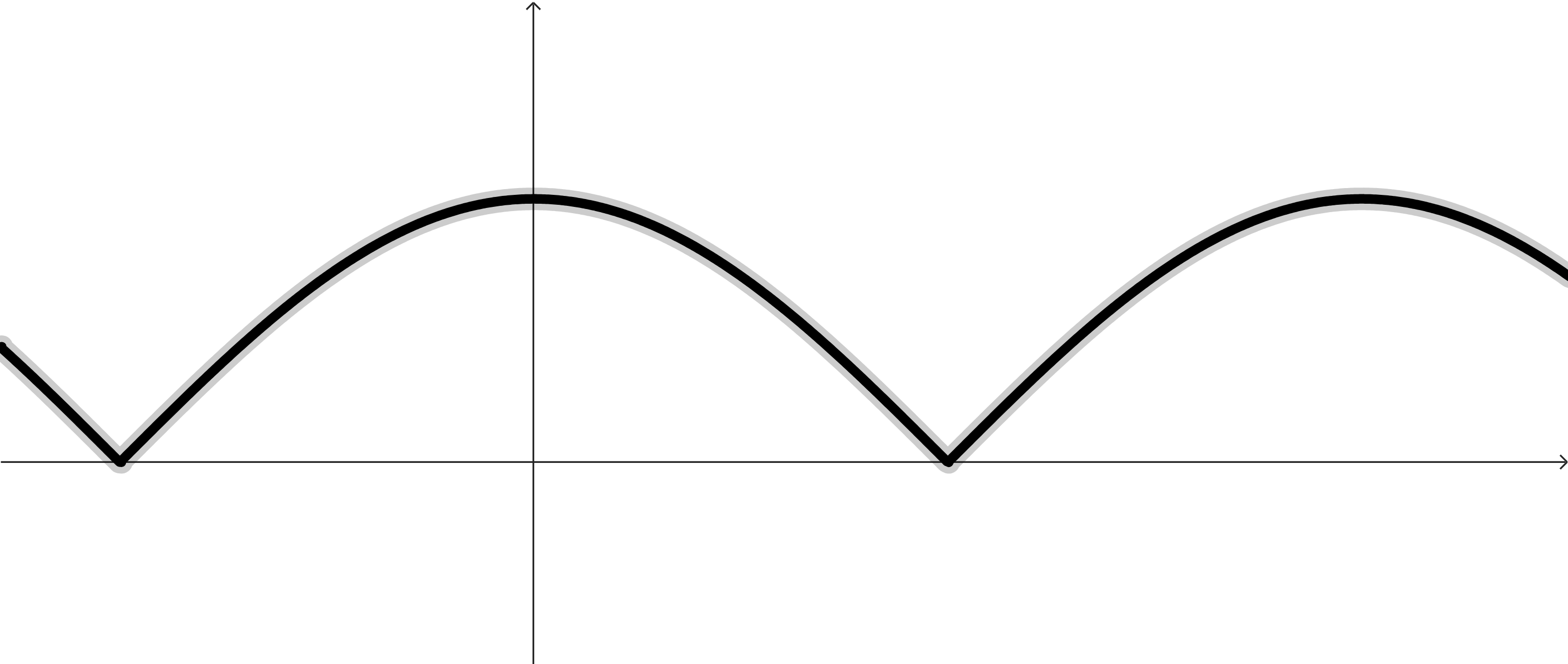

These examples do not cover all of the possibilities of how a function can act, but will hopefully provide us enough fertile ground to think about some different situations.
(a)
In each graph, find and identify:
-
The intervals where the function is increasing.
-
The intervals where the function is decreasing.
-
The points (or locations) around and between these intervals, the points where the function changes direction or the direction terminates.
(b)
Make a conjecture about the behavior of a function at any point where the function changes direction.
(c)
Look at the highest and lowest points on each function. You can even include the points that are highest and lowest just compared to the points around it. Make a conjecture about the behavior of the function at these points.
